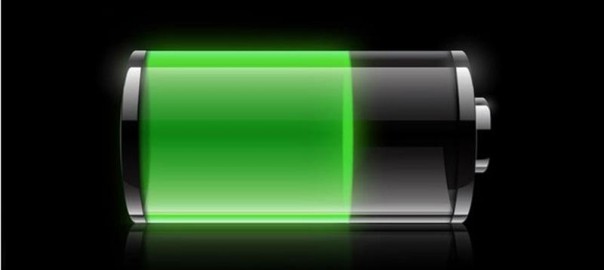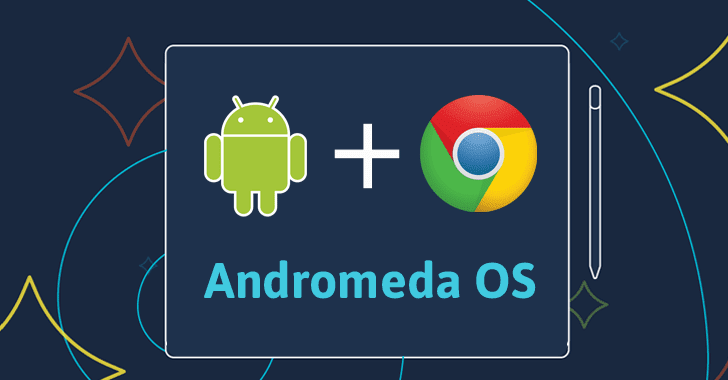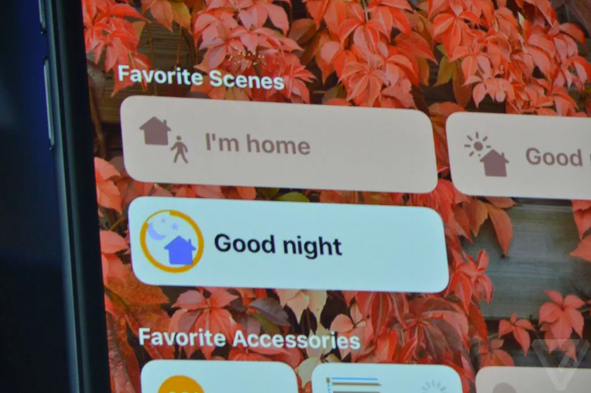As app developers, retaining an adept understanding of the marketing side of the business is of the utmost importance. An improperly promoted app, whether it’s good or not, will falter in the 6 million apps in app stores. Some larger companies can afford to outsource this work. Independent developers and companies developing apps for clients must have the knowledge to guide projects from development through release regardless of their expected level of involvement in enacting a release strategy. When developing your app, take into consideration our overview of app promotion strategies and best practices.
APP STORE OPTIMIZATION
App Store Optimization is the bread and butter of all app marketing efforts. App stores are the largest driver of downloads for the vast majority of apps. When enacted properly, ASO will drive tens, hundreds, or even thousands of daily downloads from app stores depending on the search traffic of the keywords. Experienced developers create ASO strategies before they begin the programming process.
Selecting keywords is the first and most important process of ASO. Searches in the app store are typed out with thumbs rather than a full keyboard, thus thinking of key shorthand terms is vital to improving search rankings. Developers must evaluate the amount of search traffic for each keyword and how competitive that search traffic is. Pursuing high traffic search terms can backfire because apps can falter against the high level of competition. Developers should continually refine their keywords and have a strategy ready for when their apps improve in search rankings. Over time, apps grow stronger in app store search and can eventually rank for more competitive keywords. It’s vital for developers to constantly refine their ASO strategies and build toward more competitive search terms. Many companies create one strategy for when their apps are first entering the store and a separate strategy for when they improve in ASO strength and can compete with higher volume search terms.
ASO does not end with the release. Engagement signals like retention, number times people open the app, and length of usage increase app store rankings. Developers must constantly be working toward improving the UI of their apps, as retention will boost ASO.
PAID ADVERTISING
While paid advertising, specifically social media ads, can be a major driver of app downloads, it’s important to understand where paid advertising factors into the equation. Before enacting paid ads, developers should have established a proven revenue model and overall business model. How much revenue an app generates per download will dictate the paid advertising budget. Without a model for revenue per download, app promotion can quickly become too expensive to maintain and end up in the red.
THE BENEFITS OF A SOFT LAUNCH
A soft launch is when developers make their app available in app stores without any promotional push. The small set of users you acquire through a soft launch can act as an initial beta user group that will inform your understanding of how consumers are using your app.
App developers often come to realize a major disconnect between why they think their app is good versus the opinion of their users. Experienced developers make the most of their analytics and continuously dedicate resources to the iterative process of improving their apps.
THE DANGERS OF CROSS-PROMOTION
While cross-promotion is a popular tactic, it’s also one that can backfire. App developers find partners with relevant but separate audiences and promote traffic to one another’s pages or content. The key to cross-promotion is finding a partner with an audience that is going to give an equivalent amount of exposure. The potential pitfall is that when users redirect out of the app, it reduces retention, ultimately damaging ASO.
Rather than partner with another app or company, some developers elect to develop feeder games and alternate apps which cross-promote to one another, maximizing downloads without detracting from outside marketing efforts.
SEARCH ENGINE OPTIMIZATION
Many app developers promote their apps through their website with Google SEO, social media, content marketing & more. While some apps treat their website as a landing page with a large download button, there is much more that can be done. For example, hosting Youtube content or a blog on your site will draw users in to your brand and retain them on the web page.
Enacting SEO for your app store URL can be even more effective than for your website. App Store URLs can outrank websites in SEO because of the authoritative domain of iTunes and Google Play.
PUBLICITY AND OTHER ENTREPRENEURIAL METHODS
While effective ASO and app promotion can be done on a relatively low budget, app promotion doesn’t have to begin and end on the tech side of things. Many developers make a point of developing their public persona through social media and external publicity in order to foster an audience to whom they can later market their products.
THE ROAD TO SUCCESS
Ultimately, the road to success is not smooth, but bumpy. With the right mix of expert development, continuous maintenance, vigilance and dedication, an app can break through the sea of competition and become a profitable enterprise.















